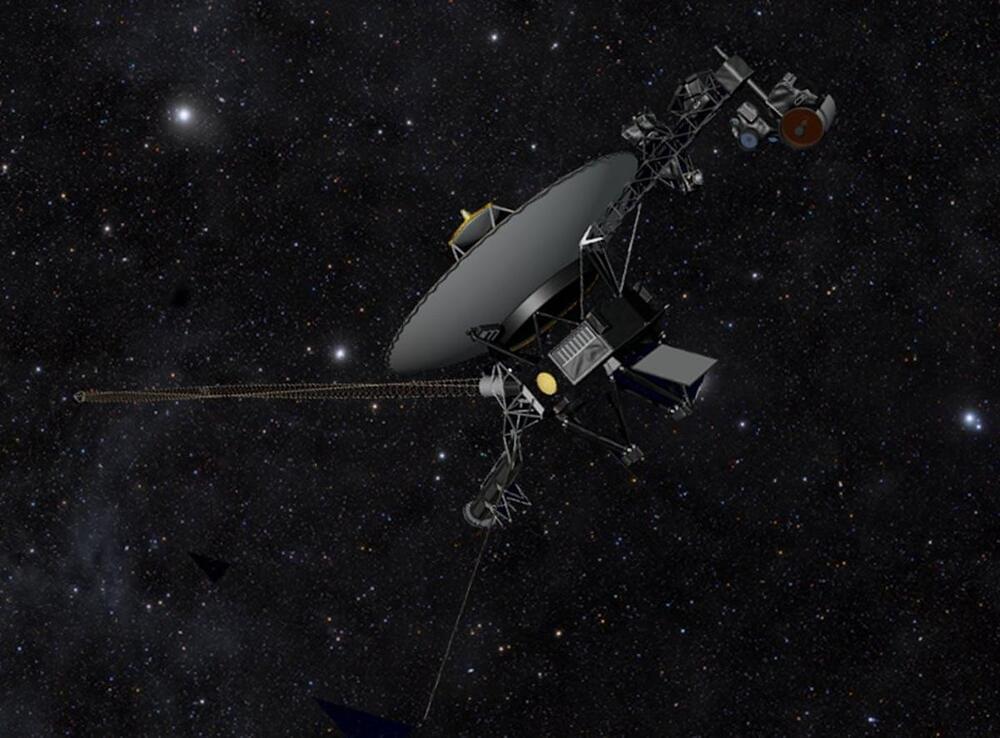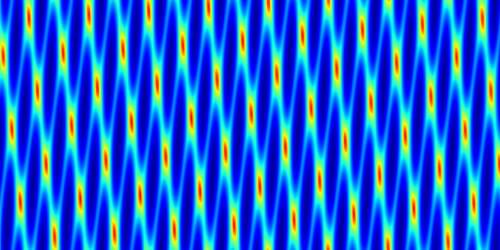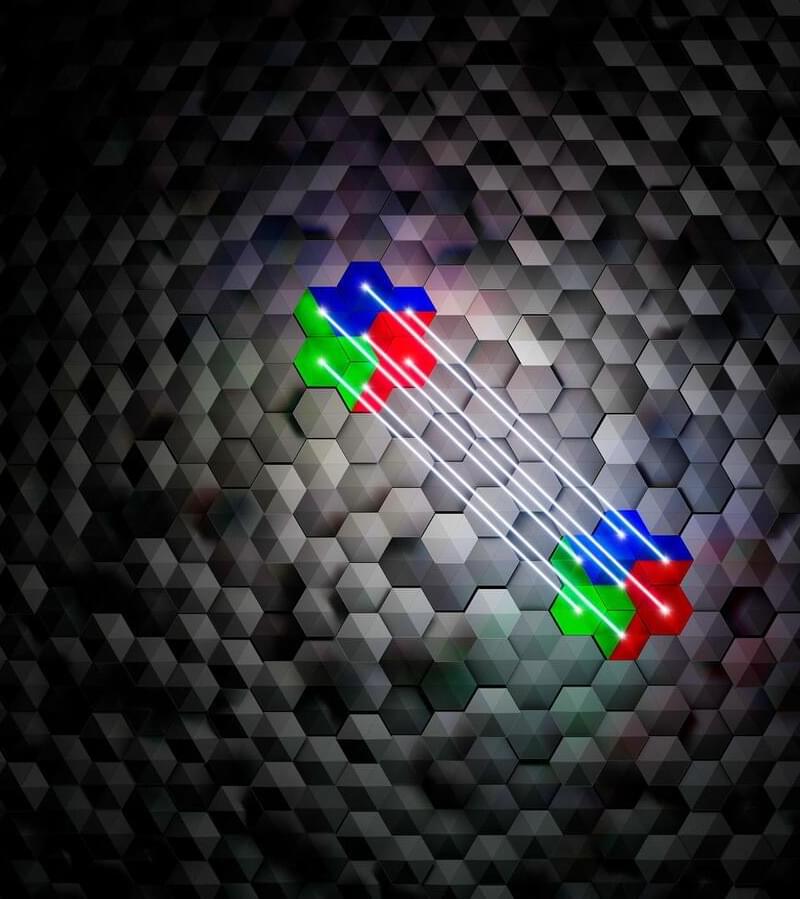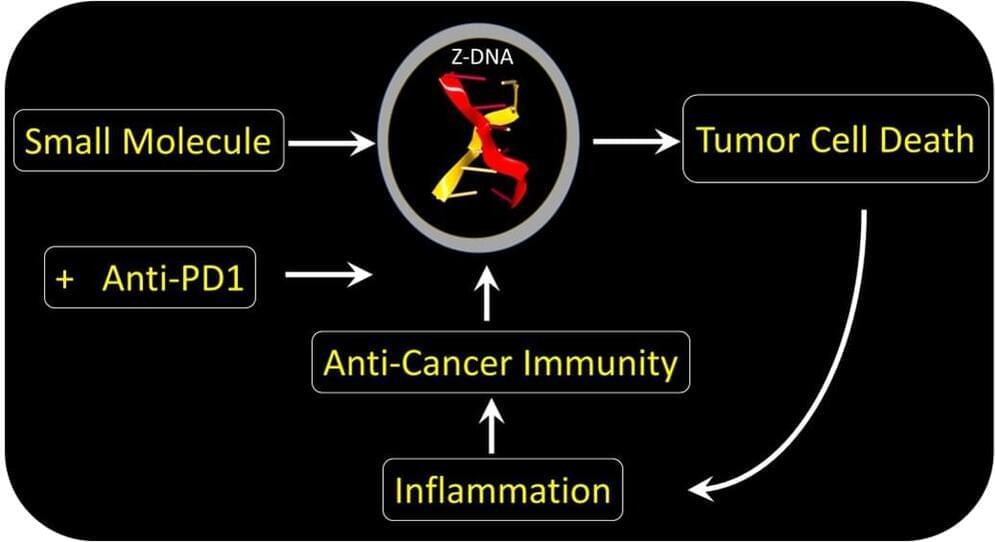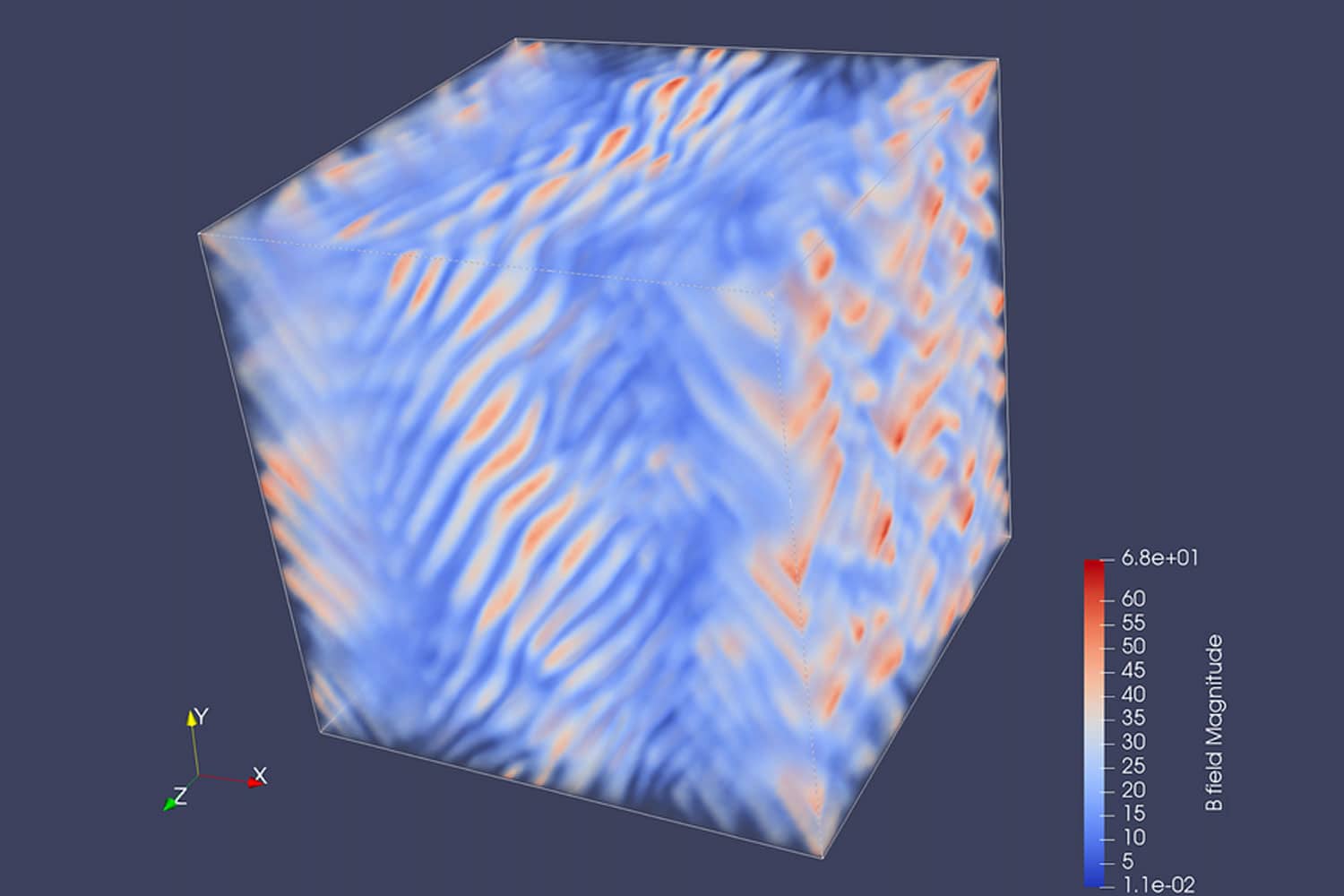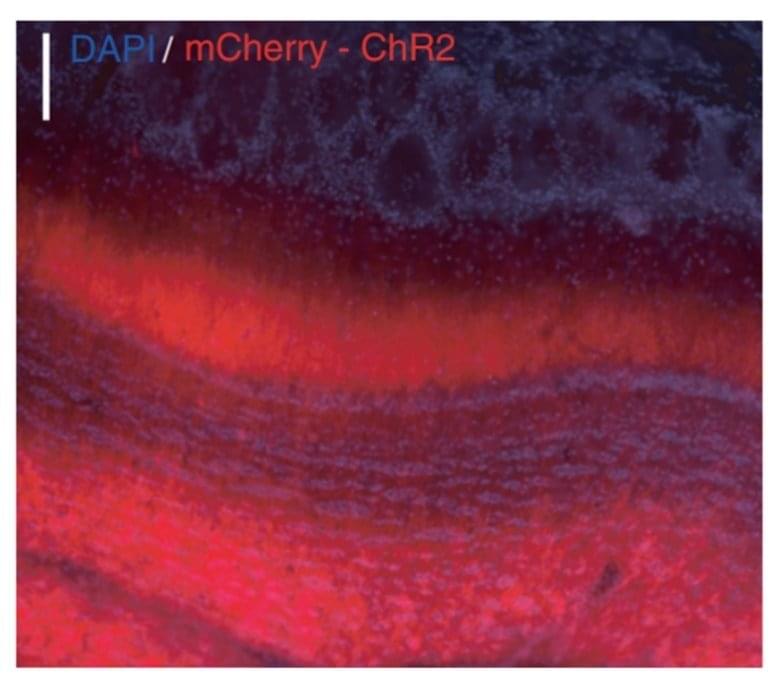What do you do when a tried-and-true method for determining the sun’s chemical composition appears to be at odds with an innovative, precise technique for mapping the sun’s inner structure? That was the situation facing astronomers studying the sun—until new calculations that have now been published by Ekaterina Magg, Maria Bergemann and colleagues, and that resolve the apparent contradiction.
The decade-long solar abundance crisis is the conflict between the internal structure of the sun as determined from solar oscillations (helioseismology) and the structure derived from the fundamental theory of stellar evolution, which in turn relies on measurements of the present-day sun’s chemical composition. The new calculations of the physics of the sun’s atmosphere yield updated results for abundances of different chemical elements, which resolve the conflict. Notably, the sun contains more oxygen, silicon and neon than previously thought. The methods employed also promise considerably more accurate estimates of the chemical compositions of stars in general.

